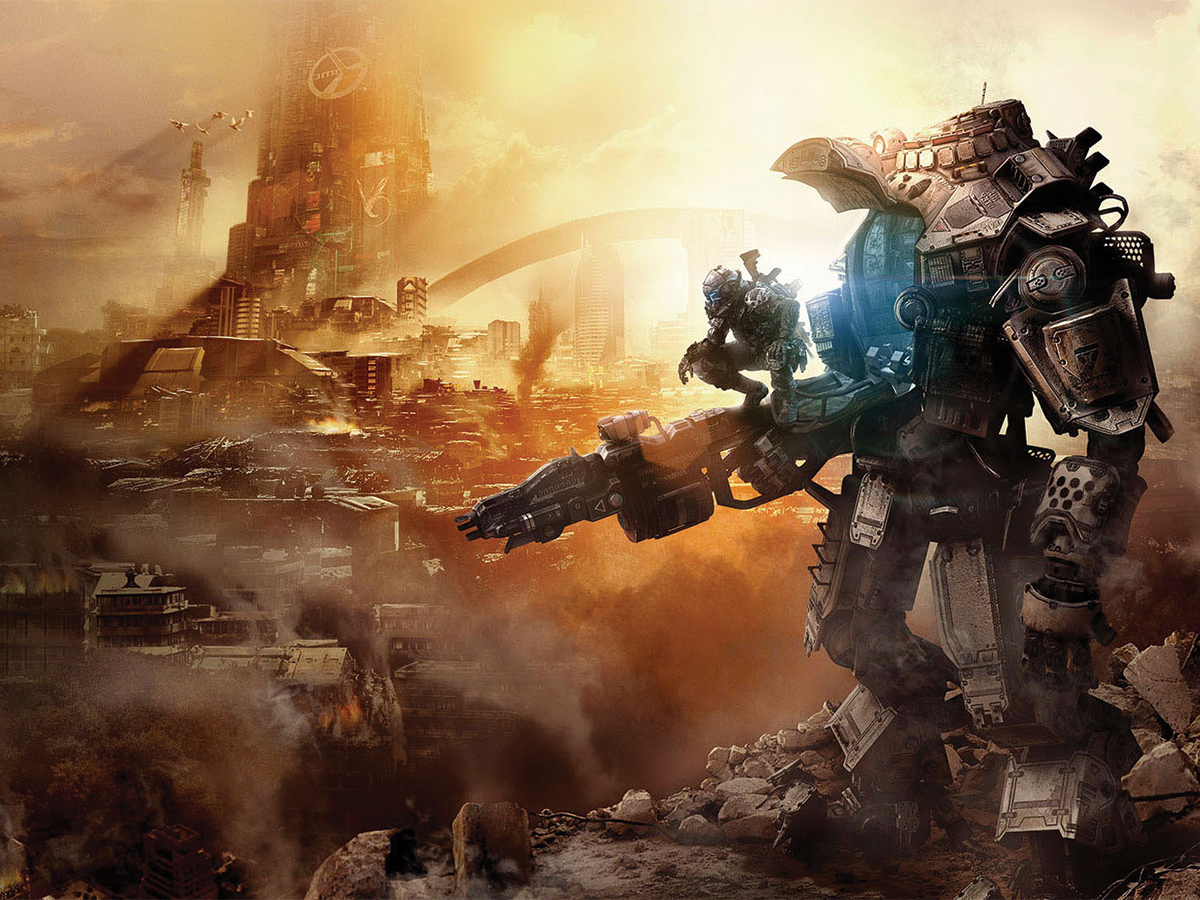
The “Titanfall” series, developed by Respawn Entertainment, was warmly received by the public upon its announcement in 2013 at E3. Genuine hype and excitement built to a fever pitch as the release date approached and players would soon get to experience what seems like a sci fi Call of Duty with mechs. In the aftermath though, the player base would largely move onto brighter and greener pastures due to the fact that the game was light on content and only offered multiplayer. In hindsight, the first entry point felt more like a proof of concept or polished tech demo that just helped lay the groundwork for its sequel. In “Titanfall 2,” Respawn would release the game they truly wanted to make from the outset. Small tweaks and refinements in multiplayer led to core gameplay loops that offered more tactical and intimate engagements. The true star of the package is the addition of a campaign mode, which helped flesh out the universe. What makes “Titanfall 2” so special is that it is a clever iteration on shooter games but offers an interesting take on what a first person shooter could be like in an otherwise stale ecosystem.
In the game you are a pilot, the dominant force in the battlefields of the frontier. Your abilities help turn the terrain into your best friend, with sheer walls becoming flanking routes and blasted high rise buildings turning into opportunities. But most of all, separating you from the average grunts and machines of war is the link to your titan. Titans are colossal mechs that, despite a towering frame, are just as nimble and efficient as you. You play as Jack Cooper, a grunt rifleman for the rebellious Frontier Militia fighting against the callous Interstellar Manufacturing Corporation (IMC) to prevent them from looting and exploiting the planets you call home. Fortunately, a real pilot for the Militia sees potential in you and becomes your mentor, training you off the books.
While “Titanfall 2” may seem to have a derivative narrative arc reminiscent of Star Wars, Respawn plays around with these tried-and-true story tropes. The stormtroopers you end up massacring the entire campaign are instead hired mercenaries rather than the typical fascist soldiers. The overall entity you are fighting is more emblematic of indifferent capitalistic structures versus the overt evil of specific ideologies. And instead of a main bad guy to fight and kill, the villains that you get to interact with are a rogues’ gallery of memorable, if two dimensional, elite mercenaries. But the real emotional crux of “Titanfall 2”’s story is BT-7274, a Vanguard Titan your mentor entrusted to you with his dying breath.
Despite being an A.I. (and a 40-ton robot) BT isn’t just battle hardware, it is your partner in combat and, more importantly, your companion. Dialogue options help to flesh out the dynamic of your bond where cheeky interactions have BT frequently misconstrue your sarcastic statements by responding with a wry (and often humorous) matter-of-fact seriousness. These types of interactions go a long way to endear us to BT. This relationship with BT stands in contrast with typical FPS genre fare where players are constantly meeting “red-shirt” NPCs, being told they are important, lamenting the melodrama of their inevitable deaths, all the while being ferried from one scenic action set-piece to the next.
This is to say that the narrative aspects of the campaign work in concert with its gameplay as well. How “Titanfall 2” plays emphasizes mobility and ferocity. It separates itself from the “find cover” and “bullet whack-a-mole” gameplay established by “Call of Duty” to encourage more aggressive gameplay. A jump kit introduces more options in your approach to combat. Now you are able to easily rush down or flank multiple enemies when moments ago they outnumbered and surprised you. Interestingly, developers introduce levels with mechanical curveballs that leave the players wanting more rather than grumbling at a bloated mess.
It is a shame then that “Titanfall 2” launched to poor sales. Mired by a tepid first impression of its predecessor and poor release schedule, the sequel would fly under the radar compared to other big-budget FPS releasing that year. The legacy of “Titanfall 2” is probably best remembered in the public consciousness as a sci fi “Call of Duty,” but that’s an oversimplified reduction of what it is. A real beating heart exists within “Titanfall 2” that’s lacking in many a “Call of Duty” or “Battlefield,” and it was put there by developers that love the shooter genre and wanted to do something different with it. Revisiting “Titanfall 2” shouldn’t simply be done because it’s underappreciated (although it is). The game should be revisited because it stands on its own, it stands tall, and it is one of the best shooters of the past decade. On paper “Titanfall 2” shouldn’t have worked because it is a mishmash of well known design tropes and story beats. The real genius is how Respawn were able to recontextualize the things expected in a first person shooter and still make something touching and immensely fun to play. Although the derivative narrative structure and conventional shooter design principles are never outright subverted, the reconfiguring of tropes lends “Titanfall 2” toward a degree of earnestness that is free of pretension that deserves a replay.







